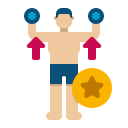Elevate Your Practice: Incorporating Yoga Blocks for Flexibility and Strength
Why Yoga Blocks Belong in Every Practice
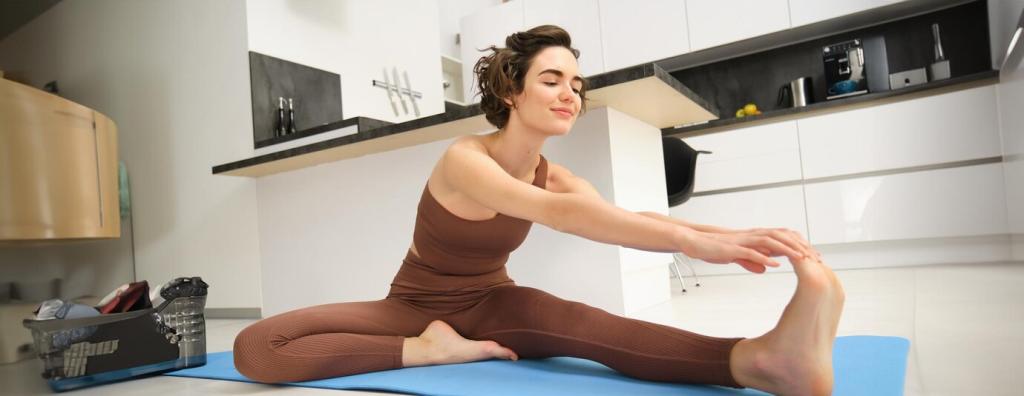
Yoga blocks bridge the gap between your body and the mat, bringing the floor closer when needed. They promote healthy alignment, reduce strain, and open space to feel poses more clearly. Share your first block breakthrough story and inspire others to explore with curiosity.

Hamstrings and Hips
Place blocks under your hands in Pyramid or Half Splits to lengthen the spine and soften hamstring resistance. For hips, support your seat in Pigeon to sustain longer holds. Share your favorite stretch and how block height helped you refine sensation without strain.
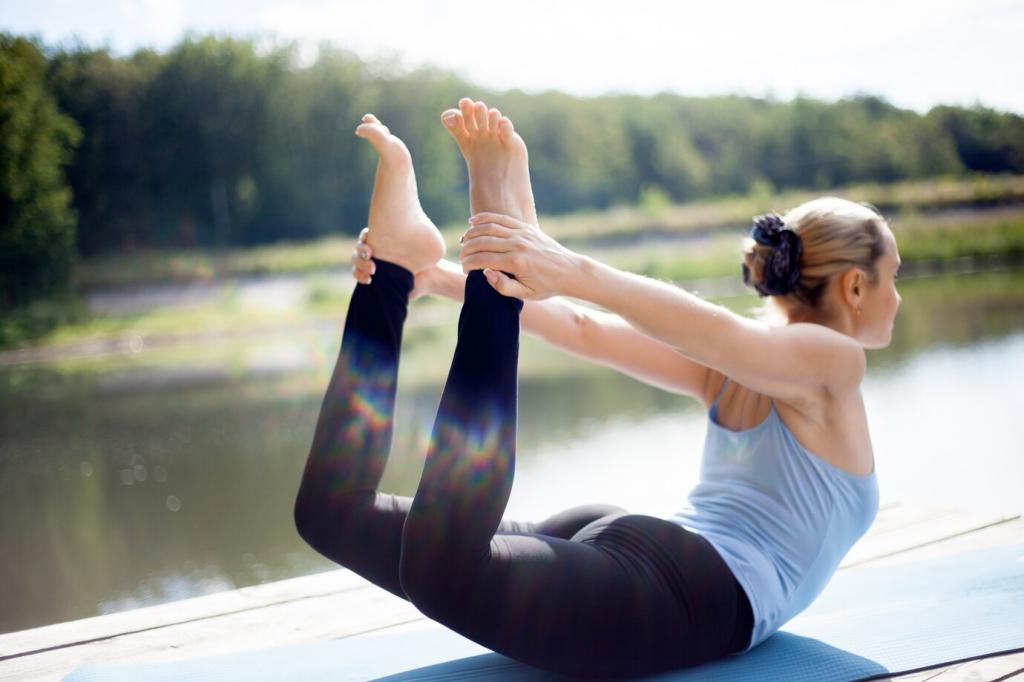
Spine and Heart Openers
Slide a block beneath the thoracic spine for supported Fish, expanding the chest while keeping the lower back calm. In Bridge, a block under the sacrum offers gentle traction. Comment if supported backbends helped you breathe deeper and release lingering tension.
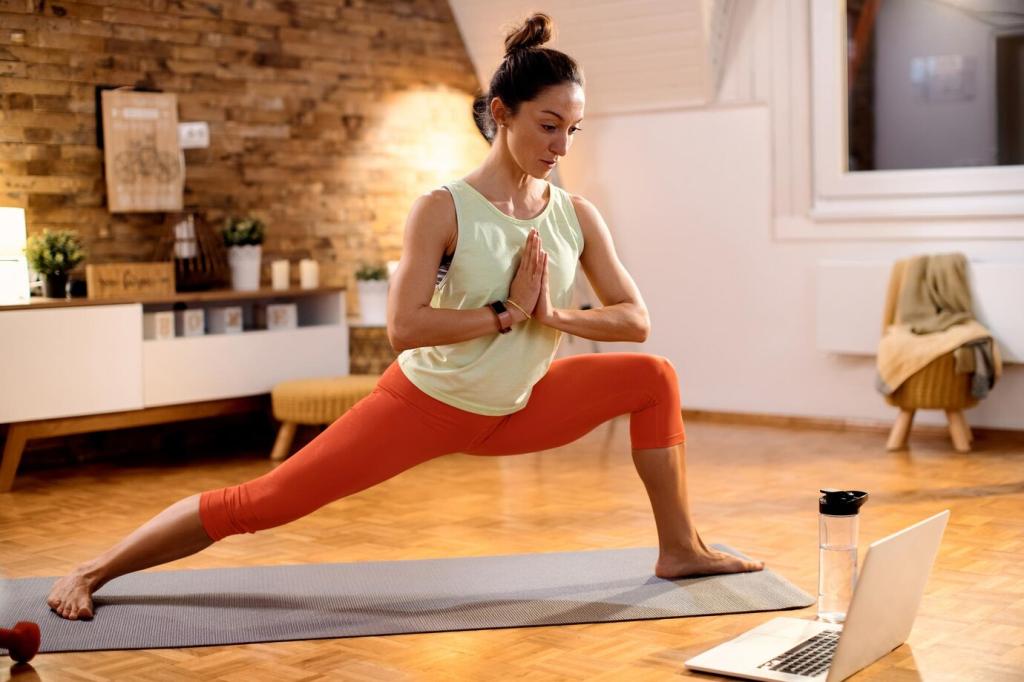
Shoulder Mobility
Use blocks beneath forearms in Puppy Pose to elevate and safely increase overhead range. The lift creates space for the shoulder blade to glide. Try it, breathe slowly, and share whether the subtle height shifted your perception of stretch versus strain.
Strength: Building Power with Elevated Leverage
Grip blocks under your palms to widen the base and recruit forearms and lats. In low plank, squeeze a block between thighs to spark core and adductor engagement. Tell us which setup made your push-up form steadier and your shoulders happier.
In Bridge, squeeze a block between the knees to encourage neutral alignment and deep glute firing. In Boat Pose, hold a block overhead to challenge midline stability. Share your hardest block drill, and tag a friend who loves a spicy core session.
Press a block between palms in Warrior II or Chair to activate chest and serratus. In Half Moon, elevate the bottom hand on a block to maintain lift and steady hips. Comment how added pressure refined your lines and heightened body awareness.
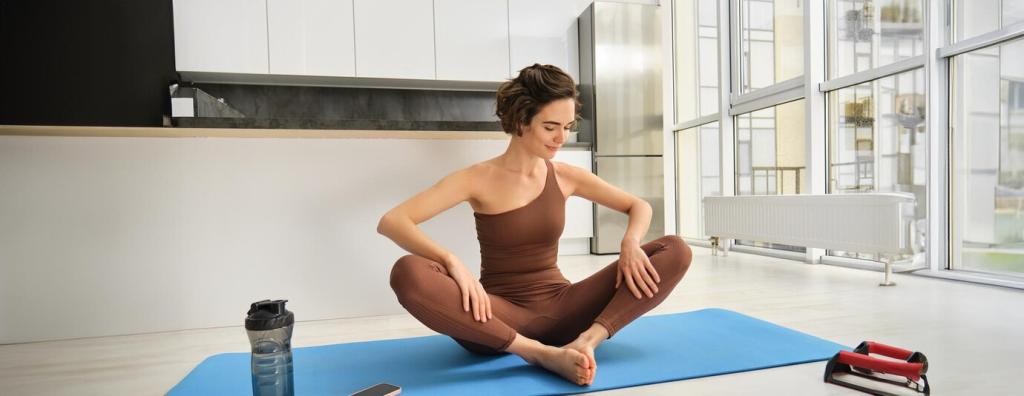
Alignment and Anatomy Insights
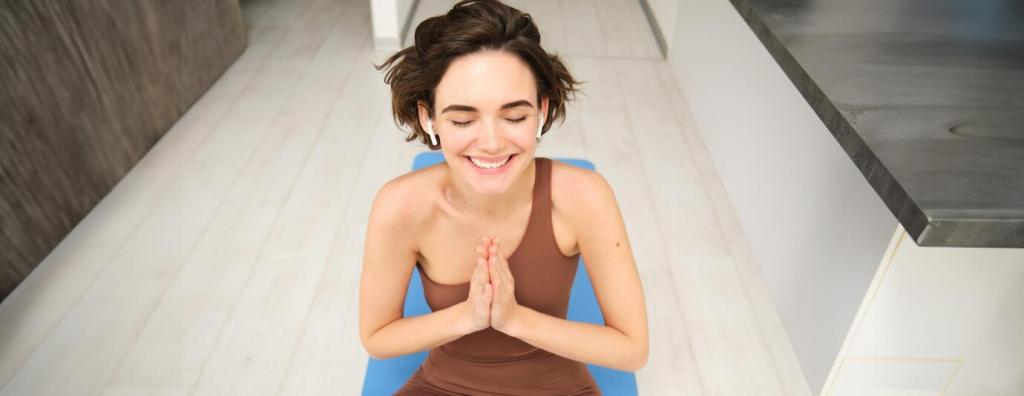
Neutral Spine Awareness
Rest fingertips on blocks in forward folds to lengthen evenly through the back body while preserving lumbar integrity. The tactile reference discourages rounding. Share your before-and-after sensations when switching from floor reach to block-supported hinge.
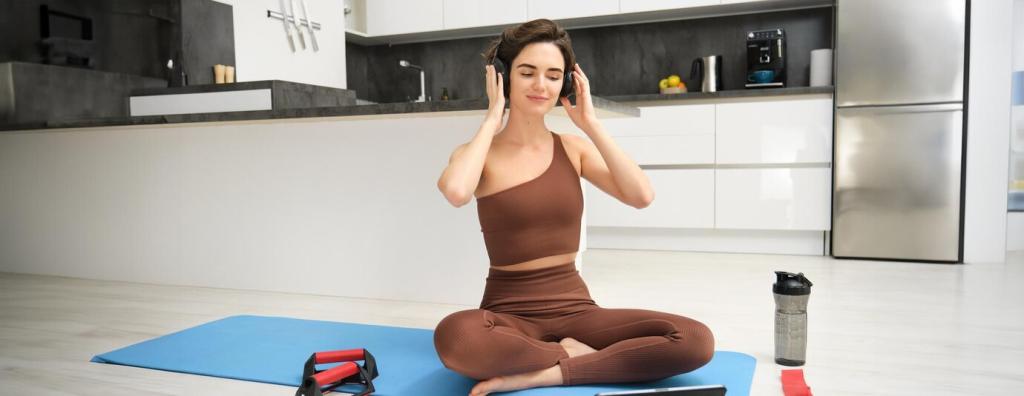
Joint Stacking and Stability
In Triangle, using a block under the bottom hand encourages shoulder over shoulder alignment and a long side body. This reduces collapsing and improves balance. Tell us how the block clarified your geometry and relieved joint discomfort.
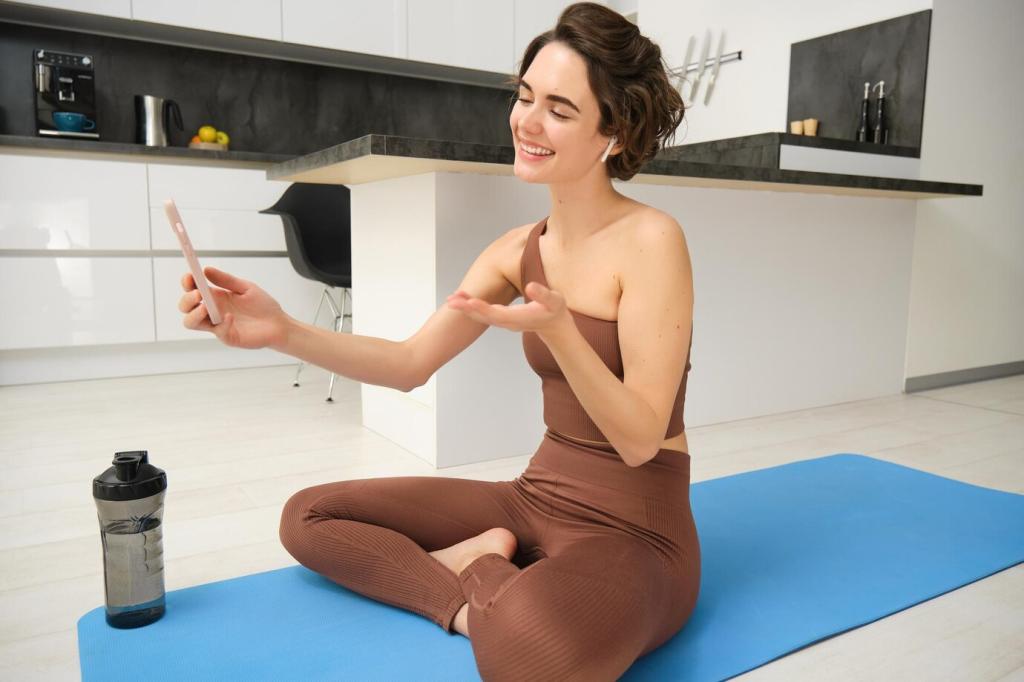
Breath-Led Mechanics
Blocks create predictable boundaries so the breath can guide motion, not momentum. Explore inhales for length and exhales for depth. Comment on one cue that transformed your stability, and share a mindful breath count that steadied your transitions.
A 20-Minute Yoga Block Flow
Begin seated on a block for elevated breath work, then Cat-Cow with hands on blocks to mobilize wrists and shoulders. Flow through Low Lunge, blocks framing the front foot, finding length without strain. Share how the lift changed your first sun salutations.
Mindset, Stories, and Sustainable Progress
A runner joined class, convinced flexibility was impossible. With blocks, Pyramid finally clicked—hamstrings lengthened, ego softened, breath deepened. Share your turning point moment and encourage newcomers to try supportive variations without judgment or rush.

Choosing and Caring for Your Yoga Blocks
Cork offers sturdy grip and eco-friendly density, foam is light and forgiving, wood is ultra-solid but less comfortable. Try different textures for your practice needs. Share your favorite material and why it supports your flexibility and strength goals.
